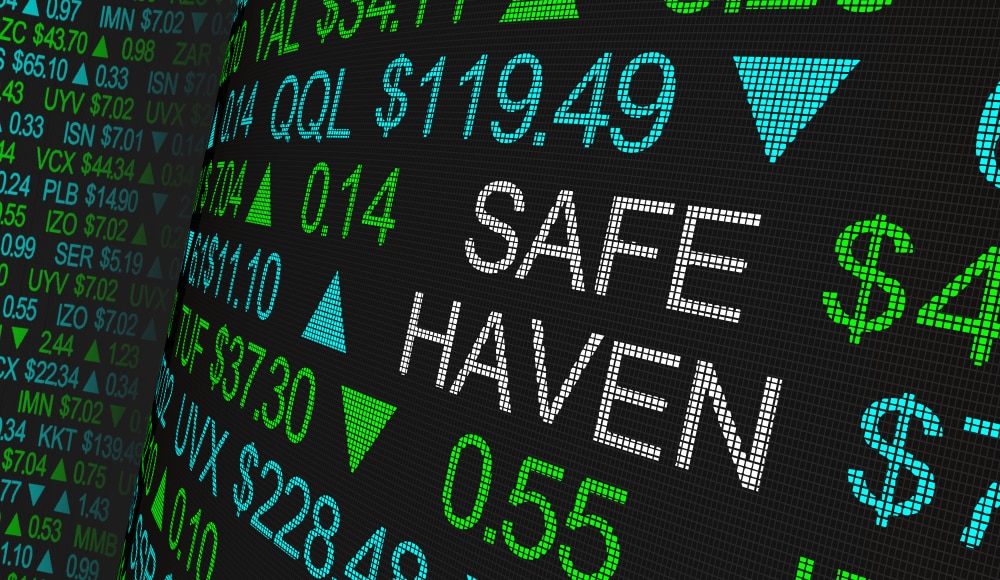
The so-called safe-haven currencies regained the full power of that label on Thursday and into Friday as traders flocked to them in droves.
Turmoil appeared to set in in the foreign exchange markets after fears spiked that the economic recovery from the coronavirus pandemic may not happen quite as soon as expected.
The prime mover of the new sentiment appeared to be a meeting of the US Federal Reserve, which released a downbeat assessment of the global economy’s chances when it met this week.
It said that it expected the US economy to contract in size by just over six percentage points over the course of this year.
It also predicted that the unemployment rate looked set to rest at just over nine percentage points.
This development seemed to catalyse a sell-off of shares in the stock market.
However, analysts were not certain whether this was a red herring.
One analyst said that the dip in stock market prices could well have been a simple market correction.
The Fed also said that it was preparing to take a huge package of measures to help the US economy get up to speed.
The safe havens won out in the context of this turmoil.
The Japanese yen, for example, was spotted up at 106.79 in its pair against the US dollar.
This was close to a monthly high point of 106.58, which it reached on Thursday.
Compared to its position of last week, the yen went up by more than three percentage points to reach this high – a large rise for the currency, and a sign of the strength of the shift in market sentiment.
The yen is considered to be a safe haven given Japan’s status as one of the world’s leading creditors.
However, other safe havens also succeeded in the newly forex-gloomy atmosphere.
The Swiss franc was up to 0.94395 in its pair against the greenback.
However, this was again below a high point reached the session before.
On Thursday, it saw a position of 0.9376, which was its best in three months.
The risk-on currencies were also damaged.
The Australian dollar saw a dip of 2% over the course of the session before last in its pair against the greenback.
This represented its worst day-on-day drop since March.
It was spotted at $0.6838 at one stage in this session.
The Aussie has seen surges in recent days, and this marked a reversal in fortunes for the currency.
There are now some fears that the coronavirus infection rate could be beginning to jump up again, especially in the context of various global economies moving to reopen stores and other in-person environments.
According to figures from the US, for example, five consistent weeks of drops in new infection rates have now been derailed by a slight jump in new cases.
Whether or not this will worsen the pandemic or cause a further move away from risk in the forex markets, however, remains to be seen.
 Between 74-89% of CFD traders lose
Between 74-89% of CFD traders lose  Your capital is at risk
Your capital is at risk  Your capital is at risk
Your capital is at risk  Your capital is at risk
Your capital is at risk